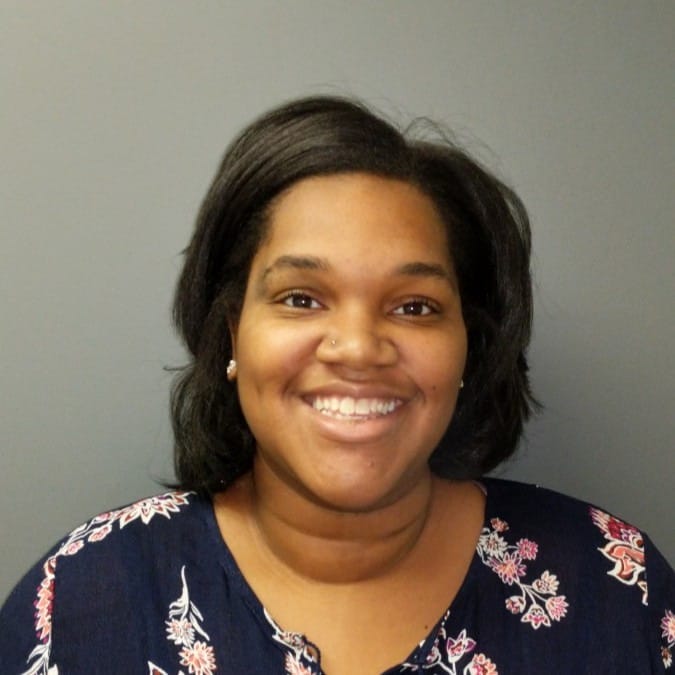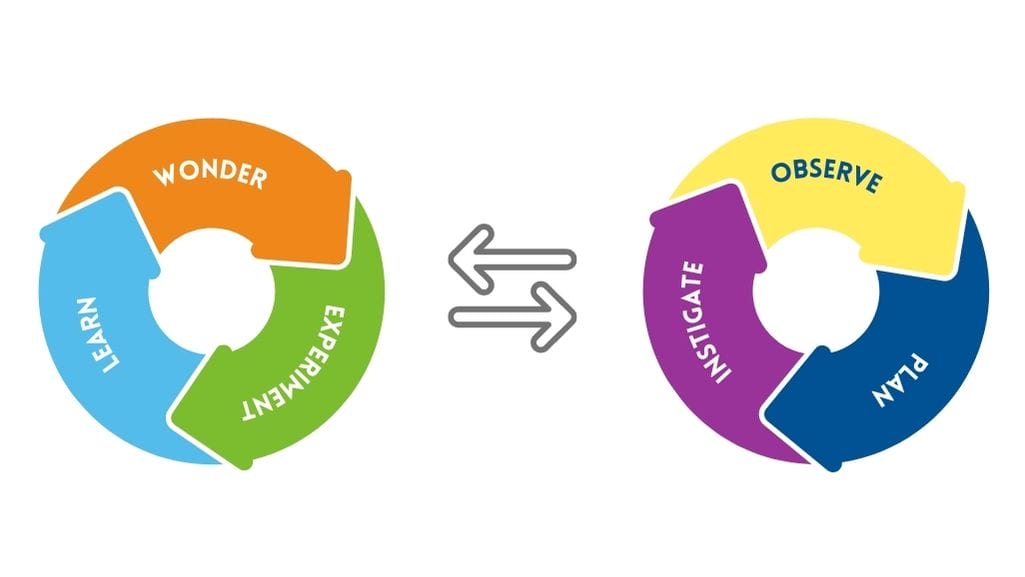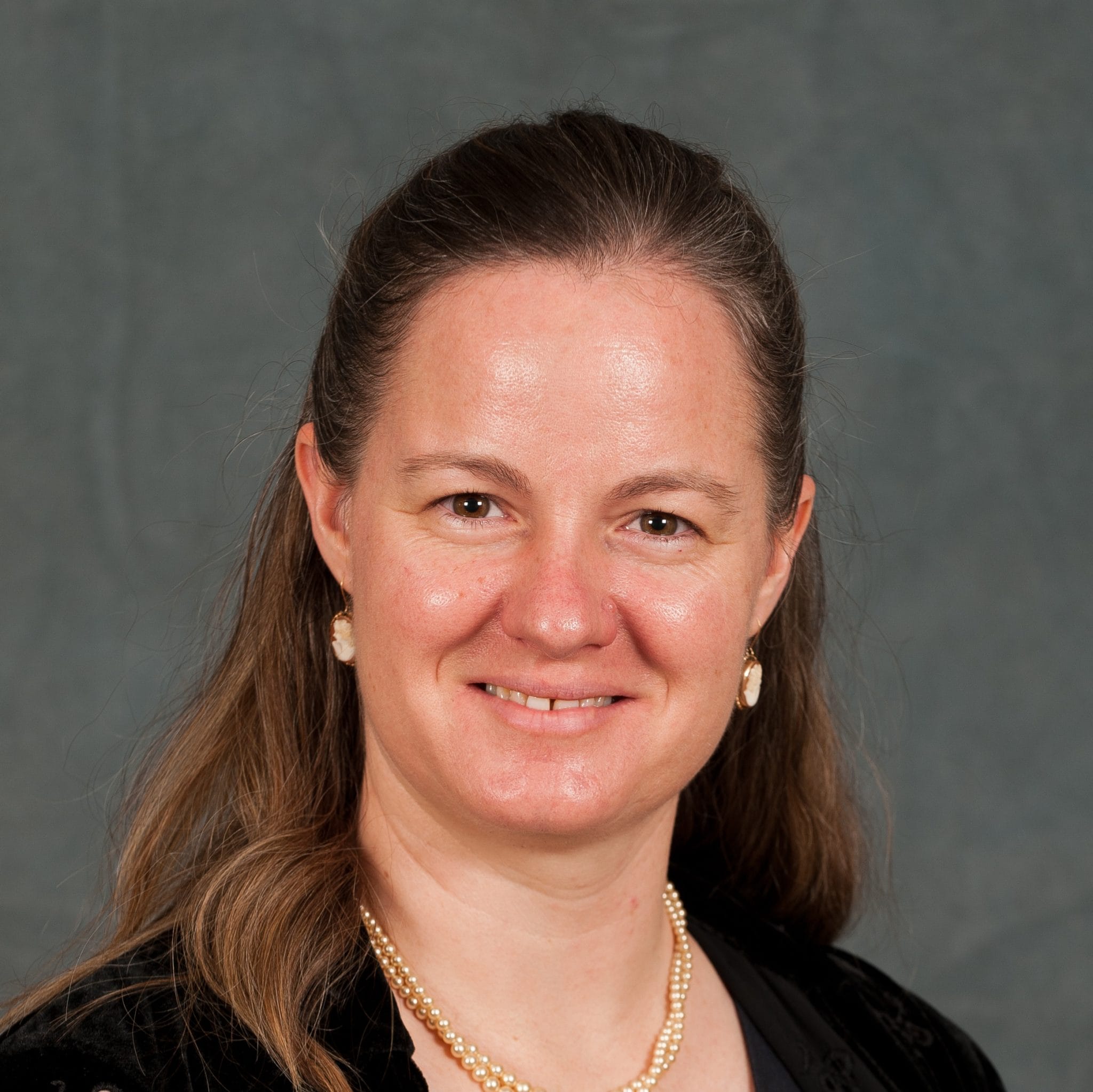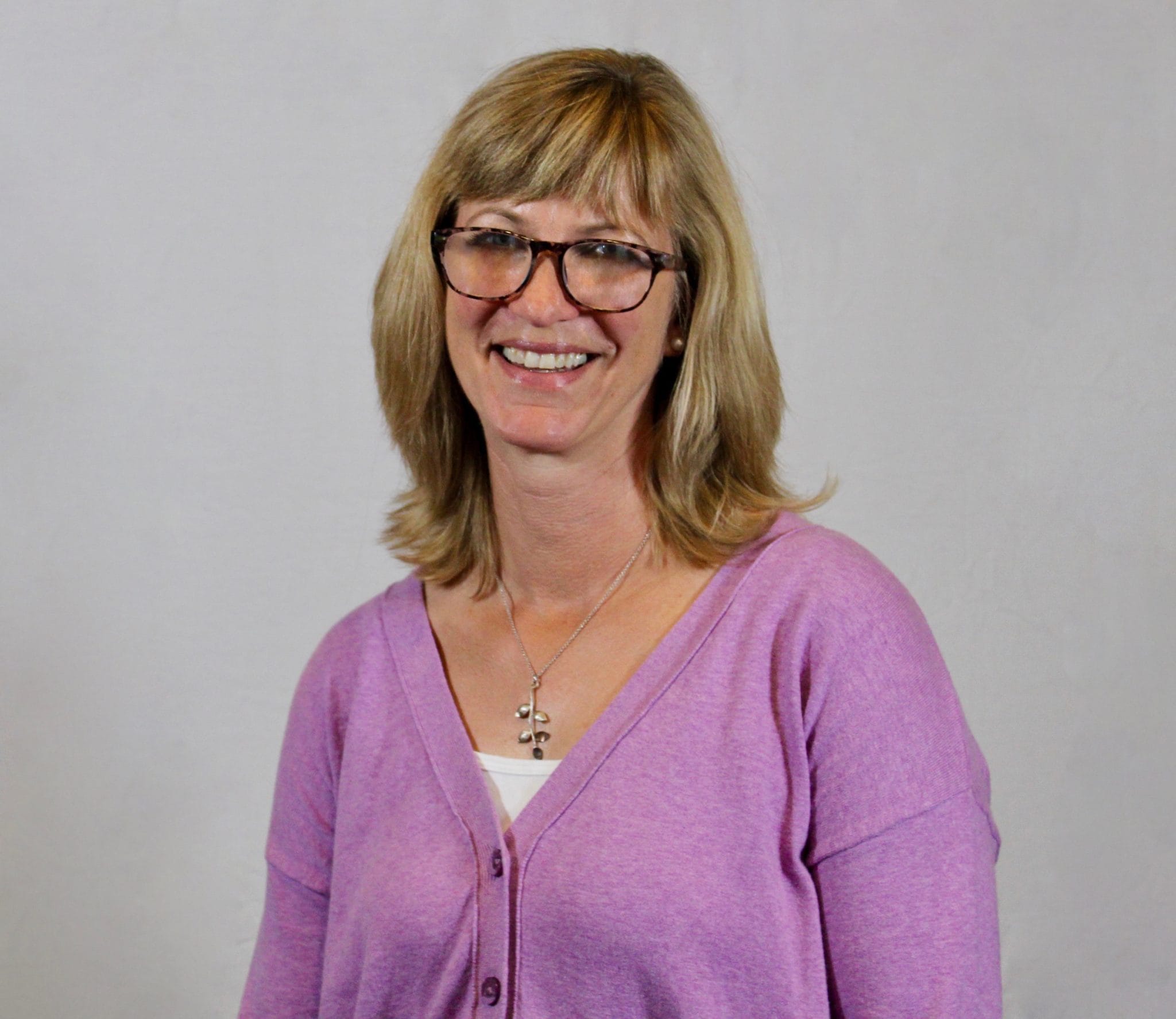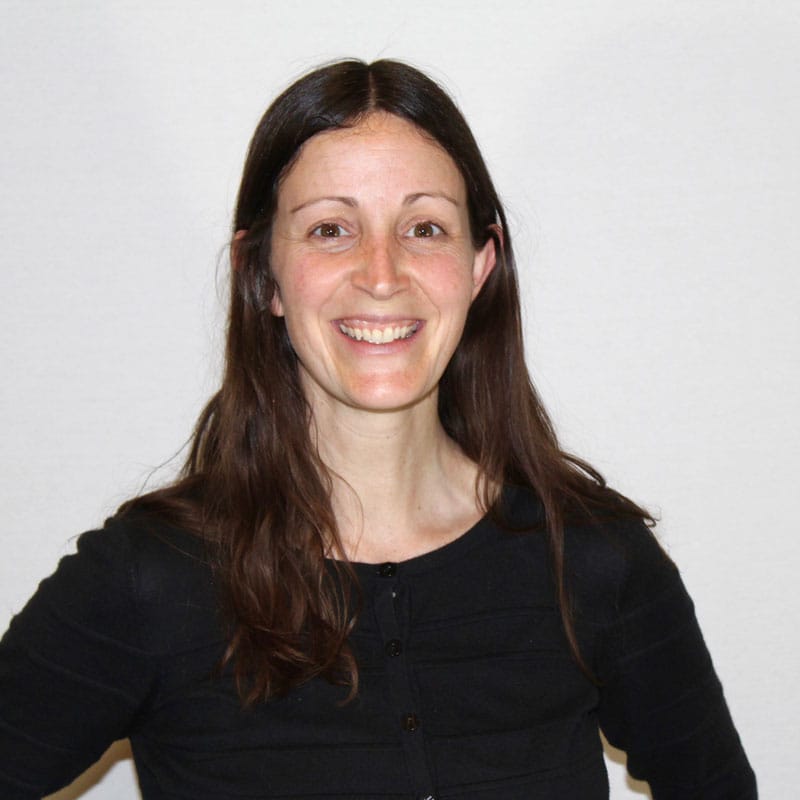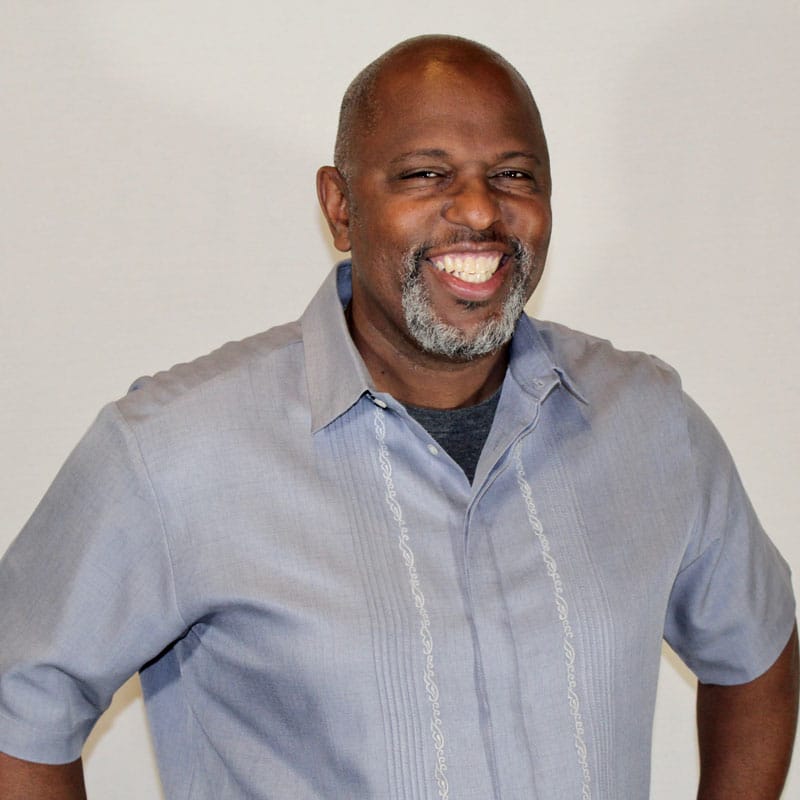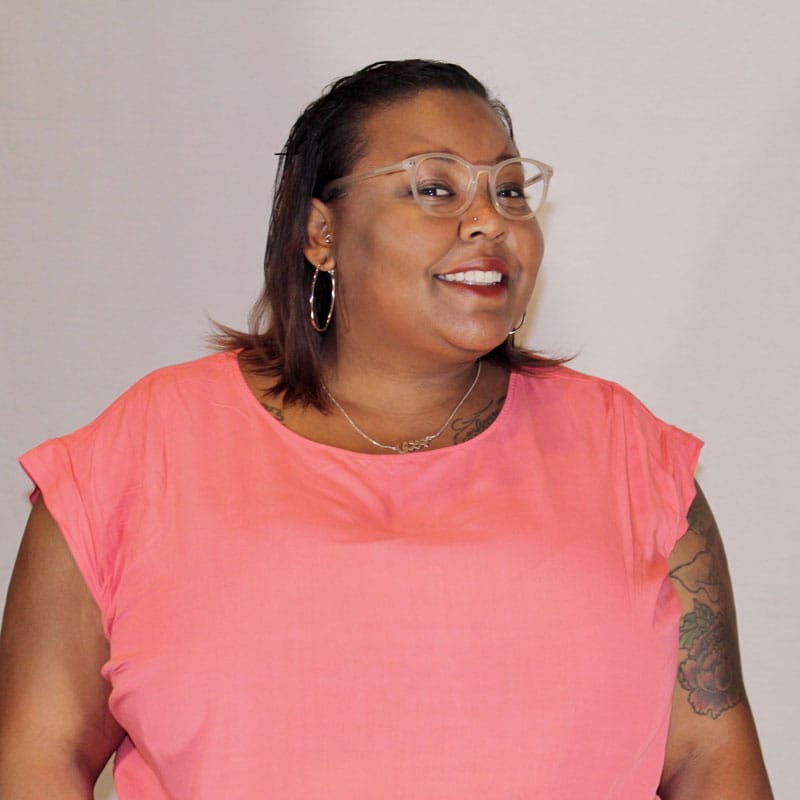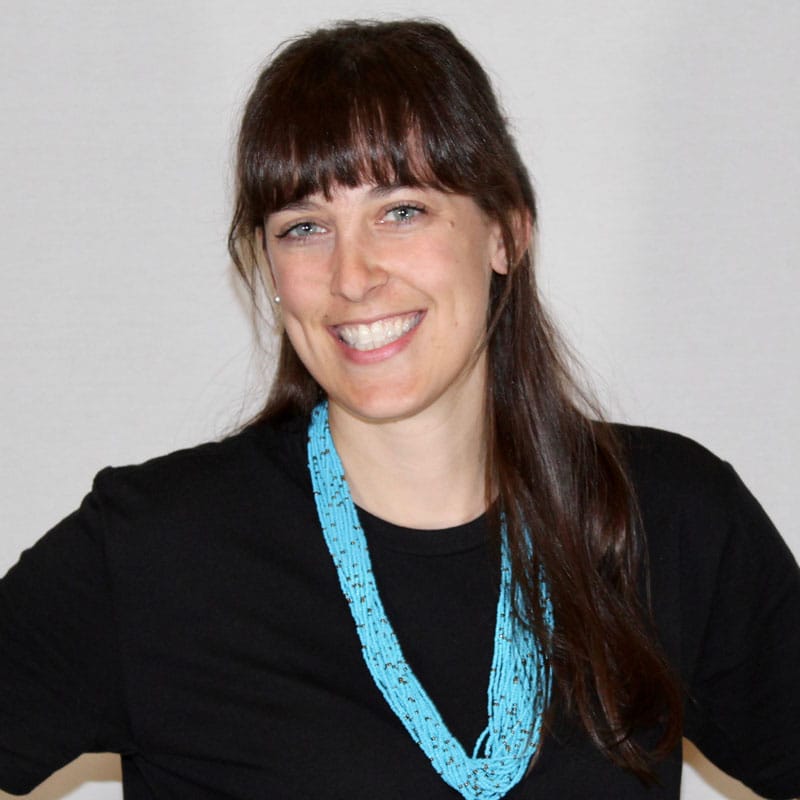March 30, 2015
(Photo: Sammy Magnuson/Center for Inspired Teaching)
Written by Aleta Margolis, Inspired Teaching’s Founder and Executive Director, this piece first appeared in Inspired Teaching’s March 2015 newsletter. In November 2014, Inspired Teaching was named one of the 10 Champions of the international Re-imagine Learning Challenge, created by the LEGO Foundation and Ashoka Changemakers. Aleta will represent Inspired Teaching at the April 2015 LEGO Idea Conference in Denmark.
After I spoke on a panel last month, an audience member declared to the group, “Imagination is a hard skill.” I appreciated the emphasis. Too often, people hear “imagination” and think “nice, but not necessary.” Imagination is commonly perceived as a soft skill (children drawing purple unicorns) or as an innate character trait that can’t be taught. Many people share a similar misconception about play, viewing it as a nice bonus in school and not as a necessary, powerful instructional tool.
At Center for Inspired Teaching, we believe imagination and serious play are both absolutely necessary for students to thrive. Vibrant imaginations – strengthened through playful, engaging lessons – improve students’ problem solving and critical thinking abilities while enabling students to approach unexpected challenges creatively. Inspired Teaching incorporates serious play into all of our teacher trainings. We recently hosted a film crew from the LEGO Foundation who recorded the way we teach teachers to incorporate imagination and play to help students learn content and master standards.
The LEGO film crew visited the first grade classroom of Maryam Amer, a 2014 Inspired Teaching Fellow now in her residency year at the Inspired Teaching Demonstration School. Ms. Amer led a science lesson on habitats and conservation and asked her students to use their understanding of these topics to design and build original mechanisms to protect penguins from pollution. The students had already learned a lot about the effects of pollution on penguins: how oil separates from water and as a result covers large surface areas after a spill; how tides carry human garbage from the shores deep into the ocean; how oil causes penguins’ feathers to stick together, allowing freezing cold water to penetrate to the inner layers of their coats. Ms. Amer challenged her first graders to use their imaginations to build upon what they’d learned and envision solutions. Here’s what they came up with:
One group of students designed and built an airplane with extendable arms that could suck up oil and garbage from the ocean’s surface. Another group built a rehabilitation home for penguins damaged by oil, with a shower to scrub off the oil and a hot tub for the penguins to reset their bodies to a healthy body temperature. Another produced miniature sweaters to keep the penguins warm and to prevent them from attempting to peck the oil off of their bodies. One of the students was so excited by the solutions he and his classmates generated that he told the visiting filmmakers he hopes to become a scientist one day. If he does, he’ll be using his imagination in his chosen field to develop new ways to solve entrenched challenges.
To observe the way teachers learn to create lessons that are both rigorous and play-filled, we took the LEGO film crew to an Inspired Teaching seminar I led for the 2014 Inspired Teaching Fellows. These new teachers brainstormed obstacles that get in the way of bringing serious play to classrooms. Teachers named challenges such as inadequate training or resources, lack of support from leadership, and the pervasive belief that learning is a sedentary activity.
To consider these challenges from a different perspective, I asked teachers form groups with half of each group creating representations of the obstacles with their bodies. The other half faced the task devising a strategy to overcome, literally, each obstacle by creating ways to get around, over, above, or through it. Engaging participants’ bodies, minds, and imaginations, this activity sparked an intense debate among the teachers about what it means to be a changemaker and what they can do to re-imagine learning in their schools and communities, as well as their classrooms.
Shifting the norm so that imagination and play are thoughtfully incorporated in schools is challenging and joyful work. It requires serious persistence and the willingness to support teachers and students as they take risks and disrupt the norm. It requires asking teachers to engage in extremely detailed and well researched planning so that they can nimbly adapt to the variety of places their students’ imaginations may take them. It requires showing results – proving that students do learn through play, and that, in fact, they learn more deeply by being fully engaged.
Changing expectations for what great teaching and learning looks like requires the imagination to see what’s possible when students’ 4 I’s –Intellect, Inquiry, Imagination, and Integrity – are equally valued.
If you are a current or prospective educator, join Inspired Teaching! Applications are open for the Inspired Teacher Certification Program, which prepares aspiring teachers to earn their DC teaching licensure, and for our professional development program for DC Public School social studies teachers: BLISS: Building Literacy in the Social Studies. You can also bring Inspired Teaching to your school to lead school-wide transformative teacher training to build a better classroom experience for all students.

